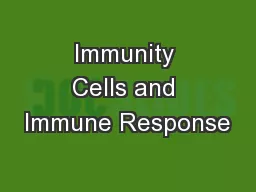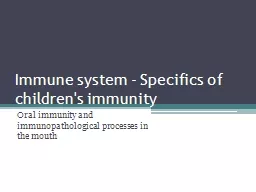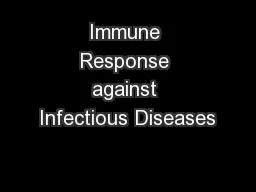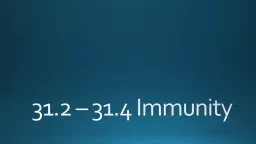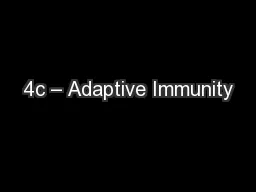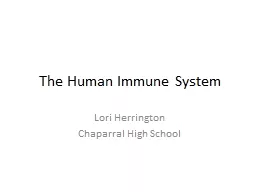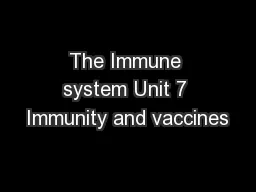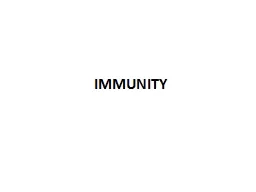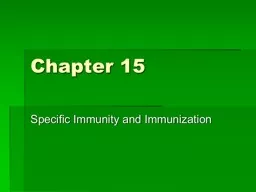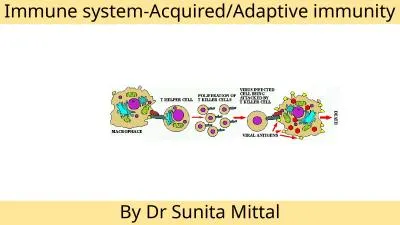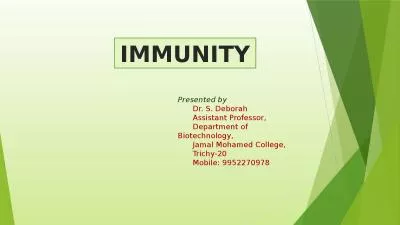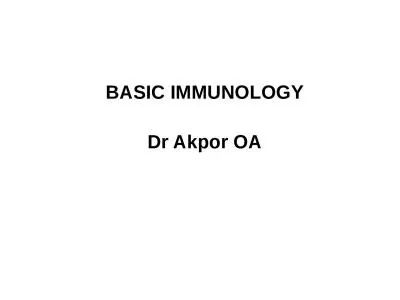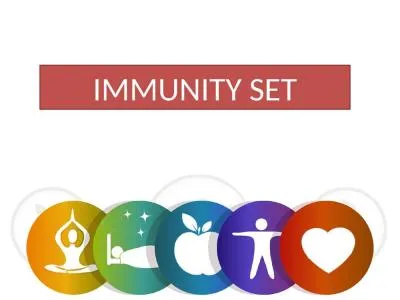PPT-Immunity Cells and Immune Response
Author : tatyana-admore | Published Date : 2017-11-28
HCS 2100 SLO 29 3035 Reticuloendothelial System Consists of related cells responsible for the destruction of worn out blood cells bacteria cancer cells and other
Presentation Embed Code
Download Presentation
Download Presentation The PPT/PDF document "Immunity Cells and Immune Response" is the property of its rightful owner. Permission is granted to download and print the materials on this website for personal, non-commercial use only, and to display it on your personal computer provided you do not modify the materials and that you retain all copyright notices contained in the materials. By downloading content from our website, you accept the terms of this agreement.
Immunity Cells and Immune Response: Transcript
Download Rules Of Document
"Immunity Cells and Immune Response"The content belongs to its owner. You may download and print it for personal use, without modification, and keep all copyright notices. By downloading, you agree to these terms.
Related Documents

